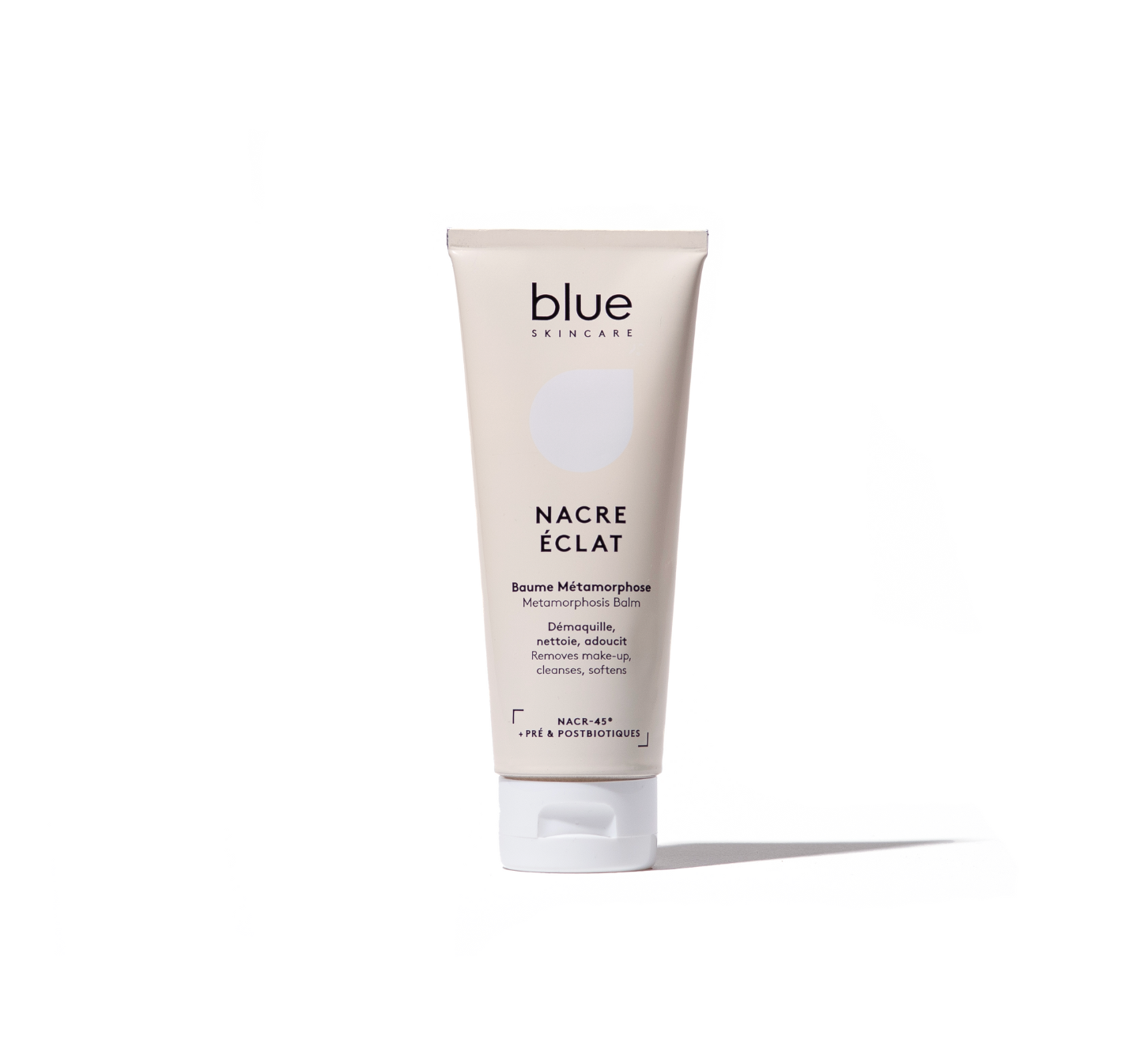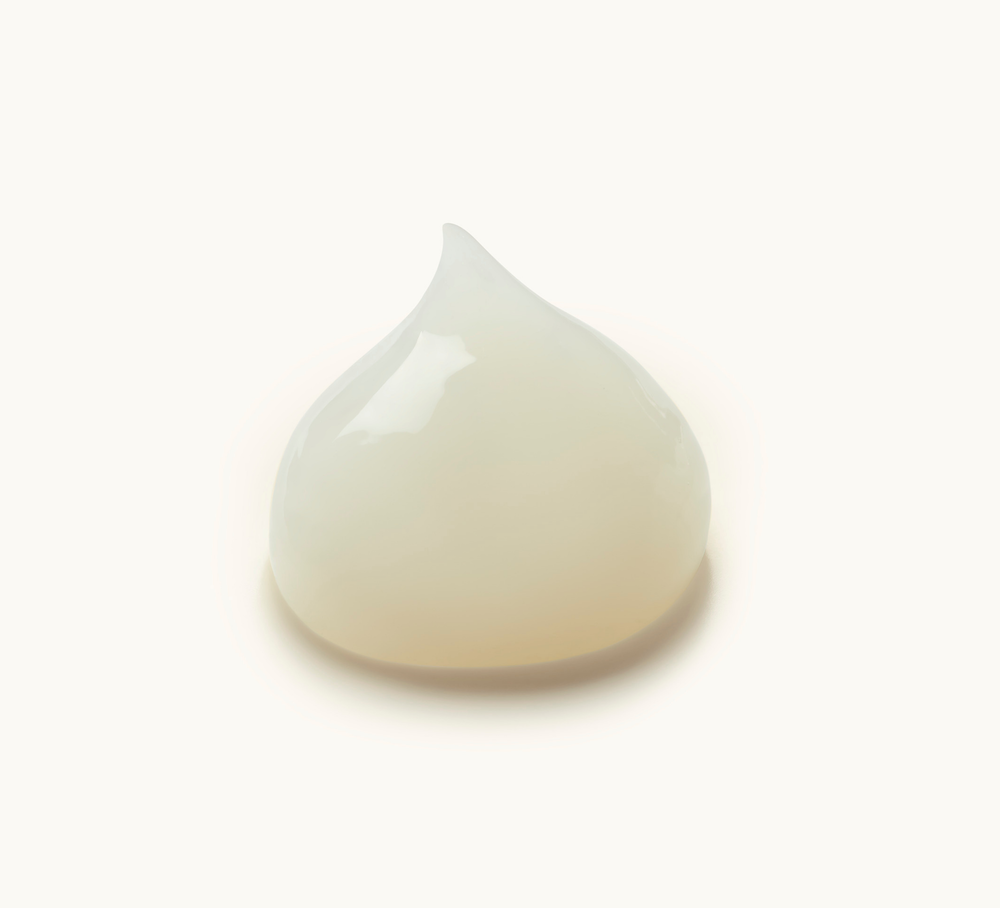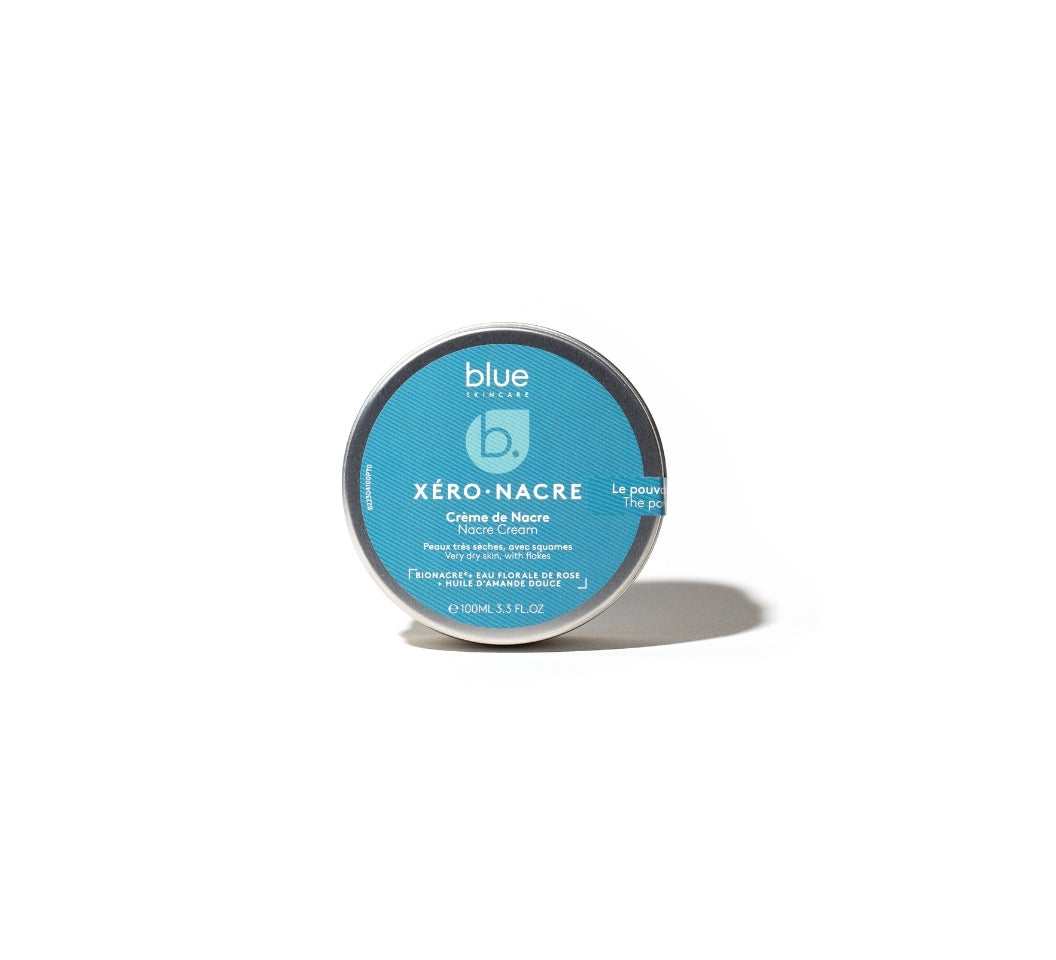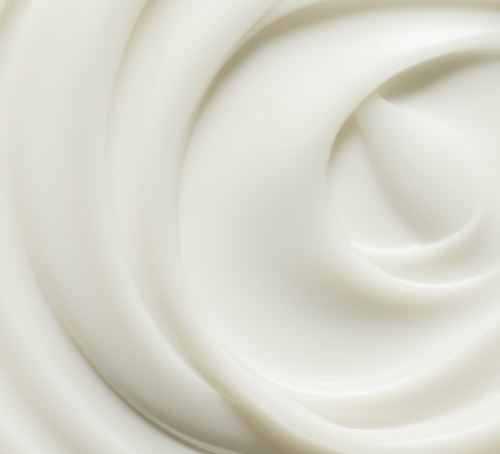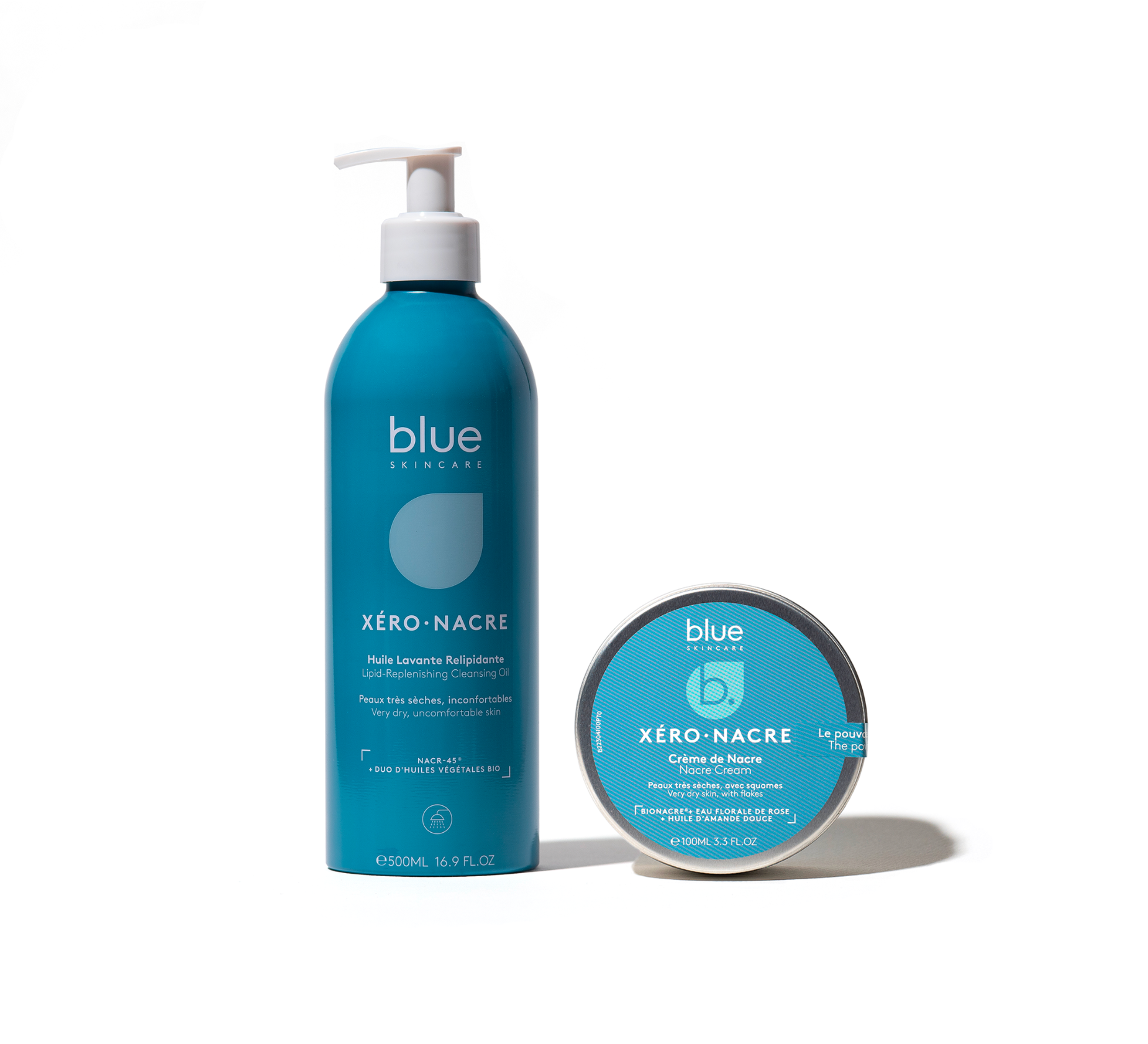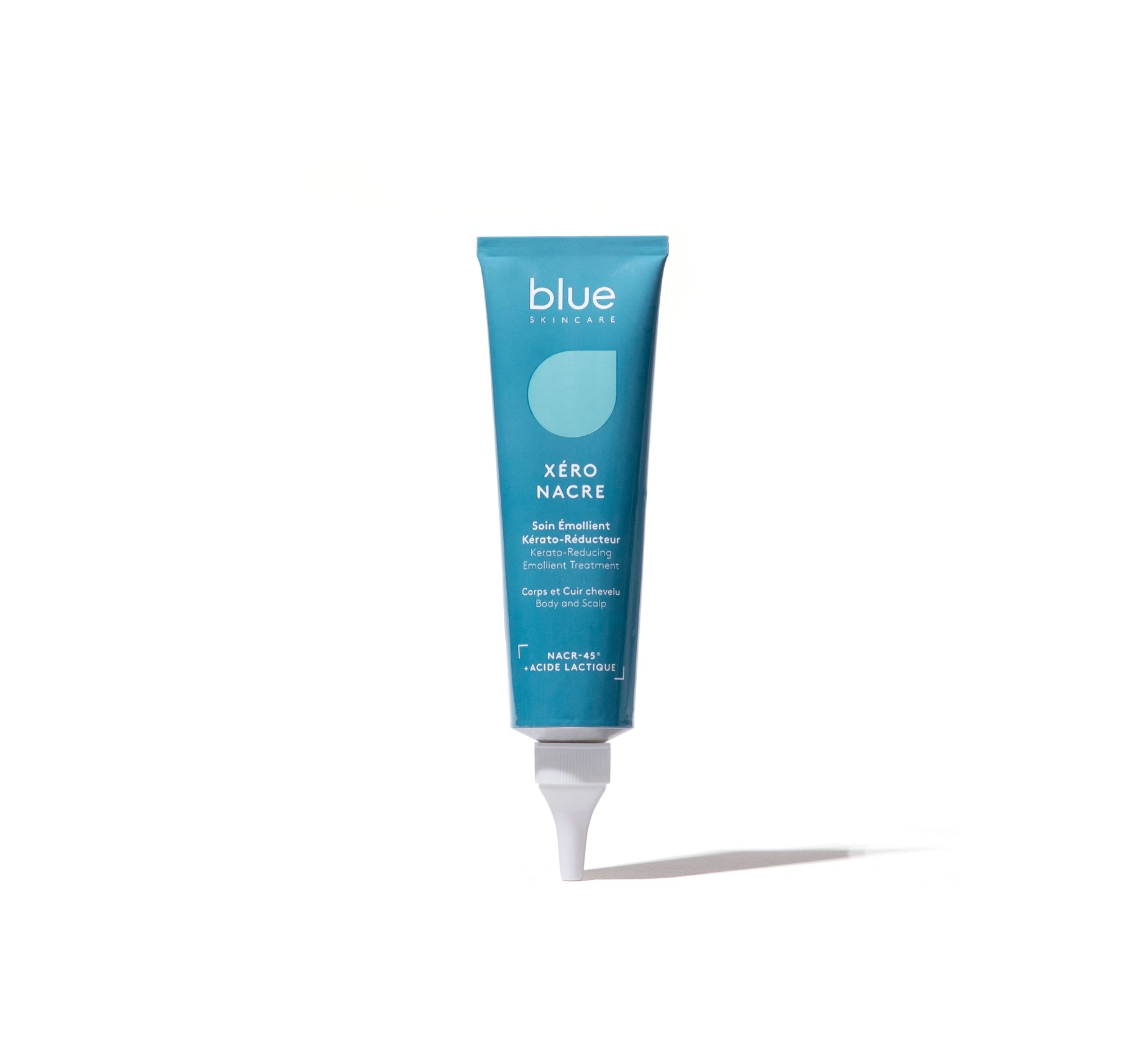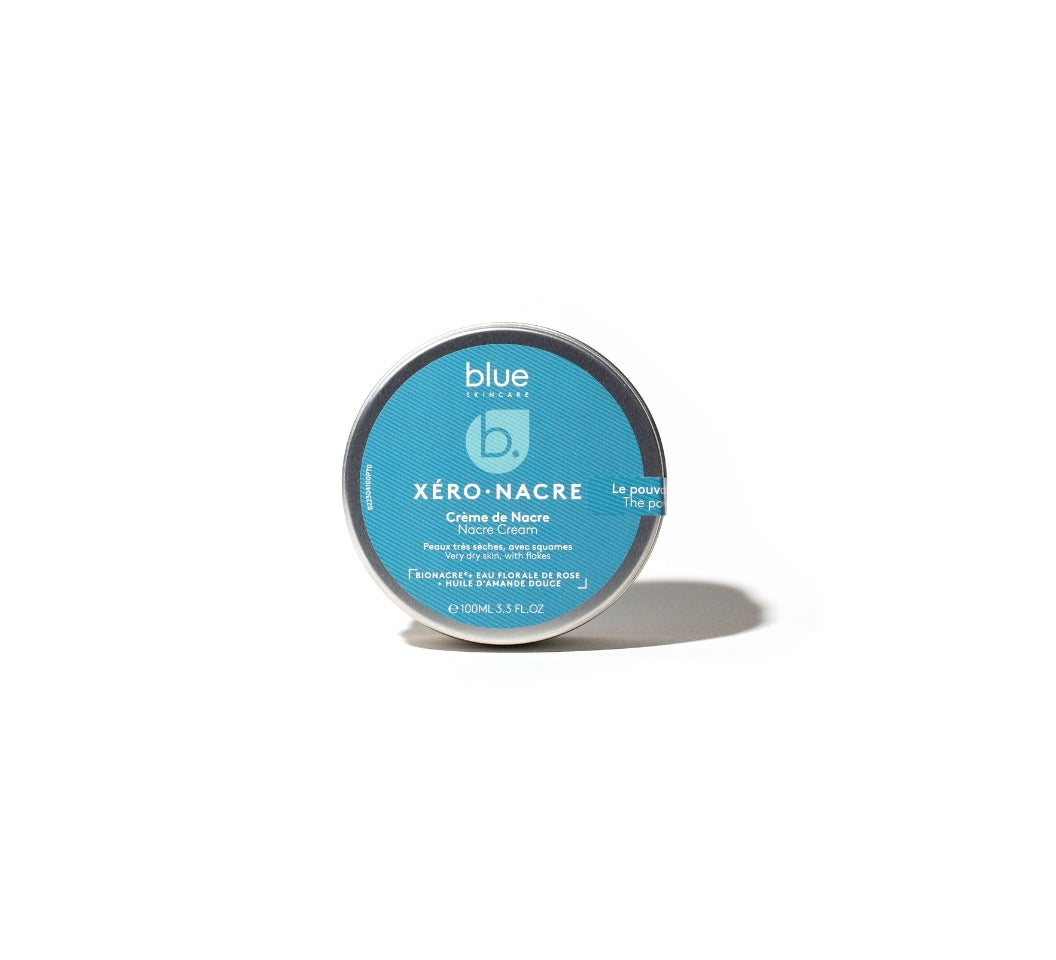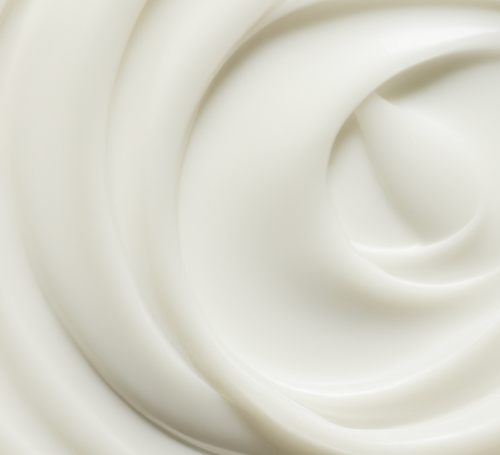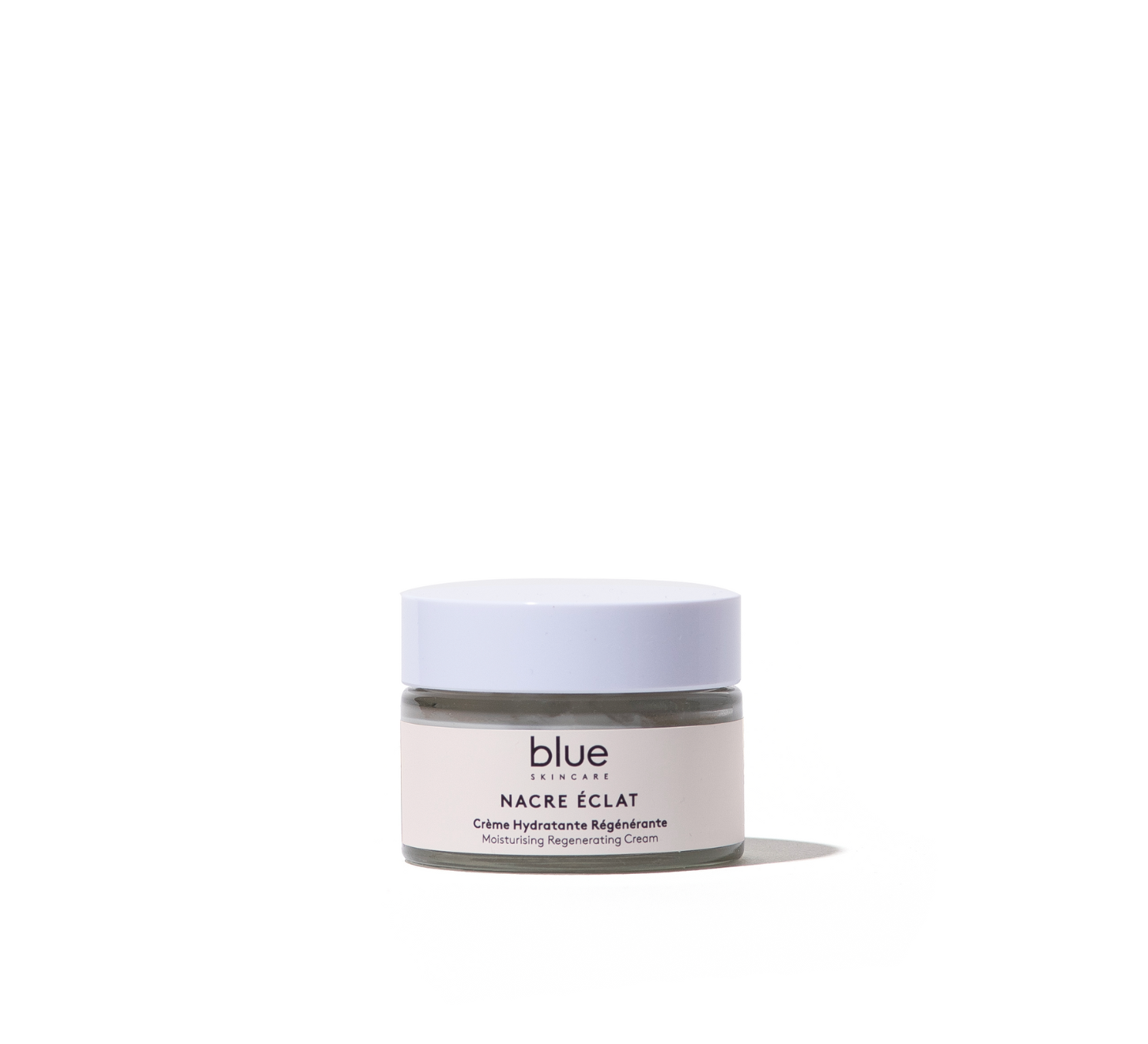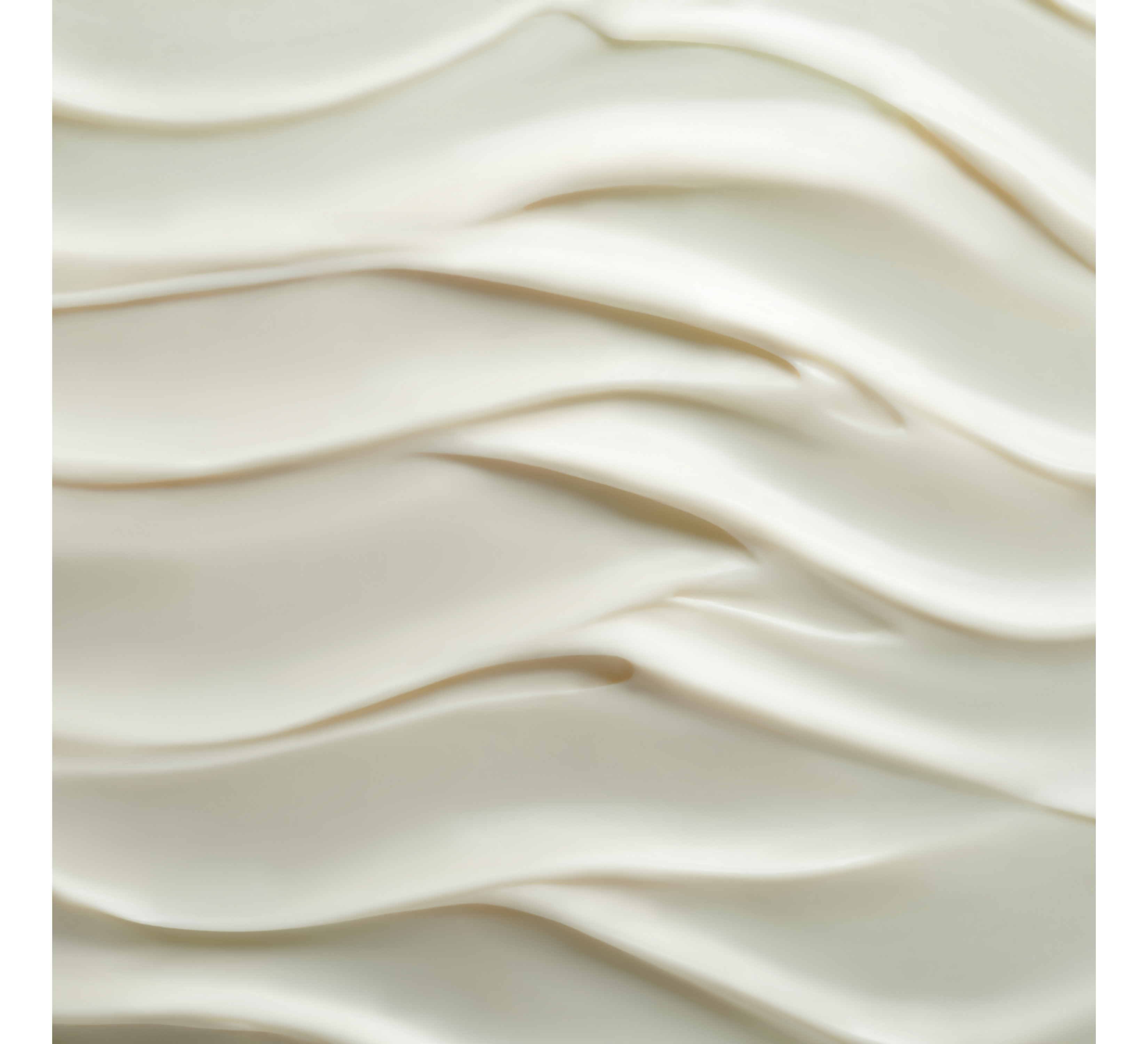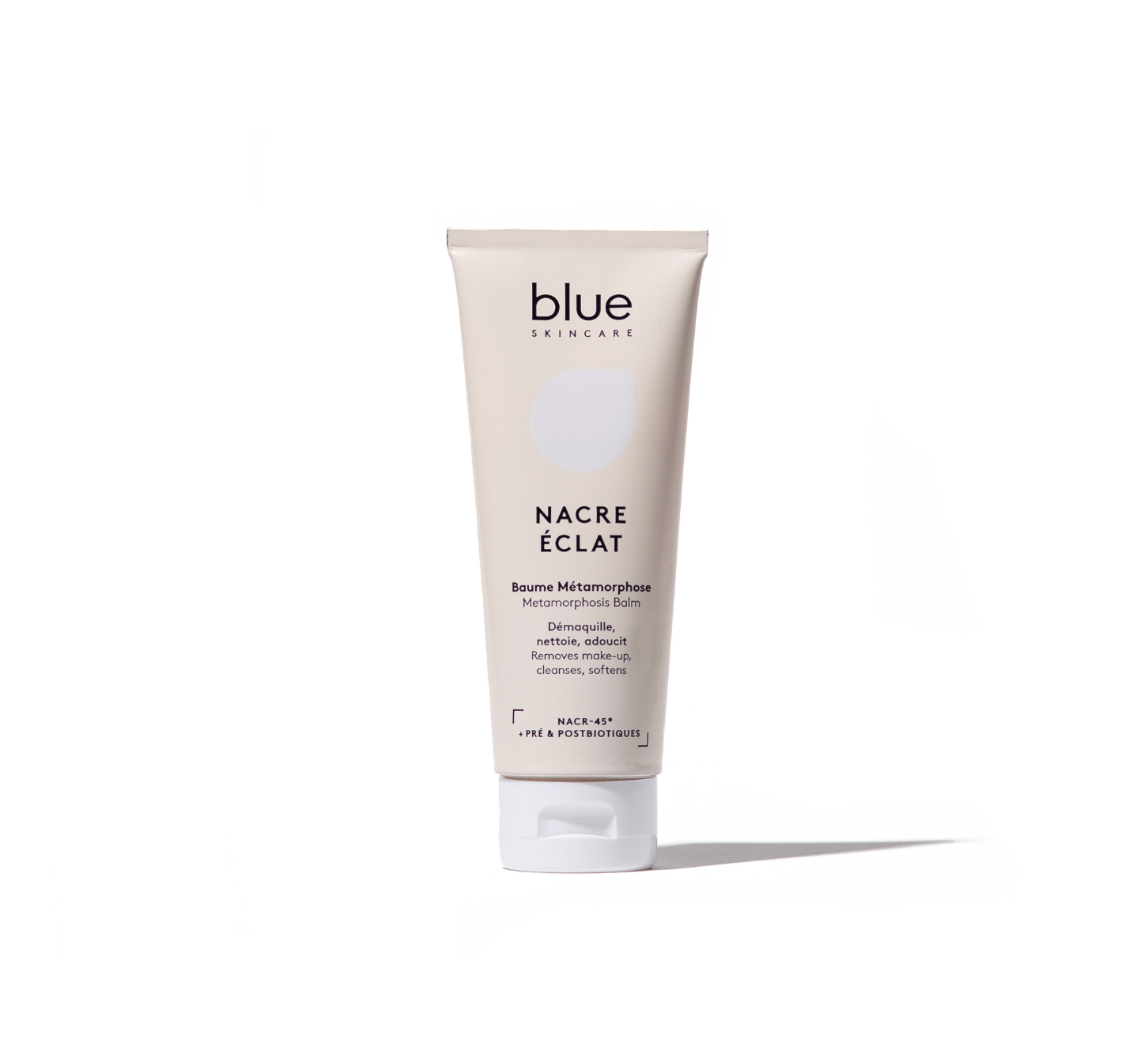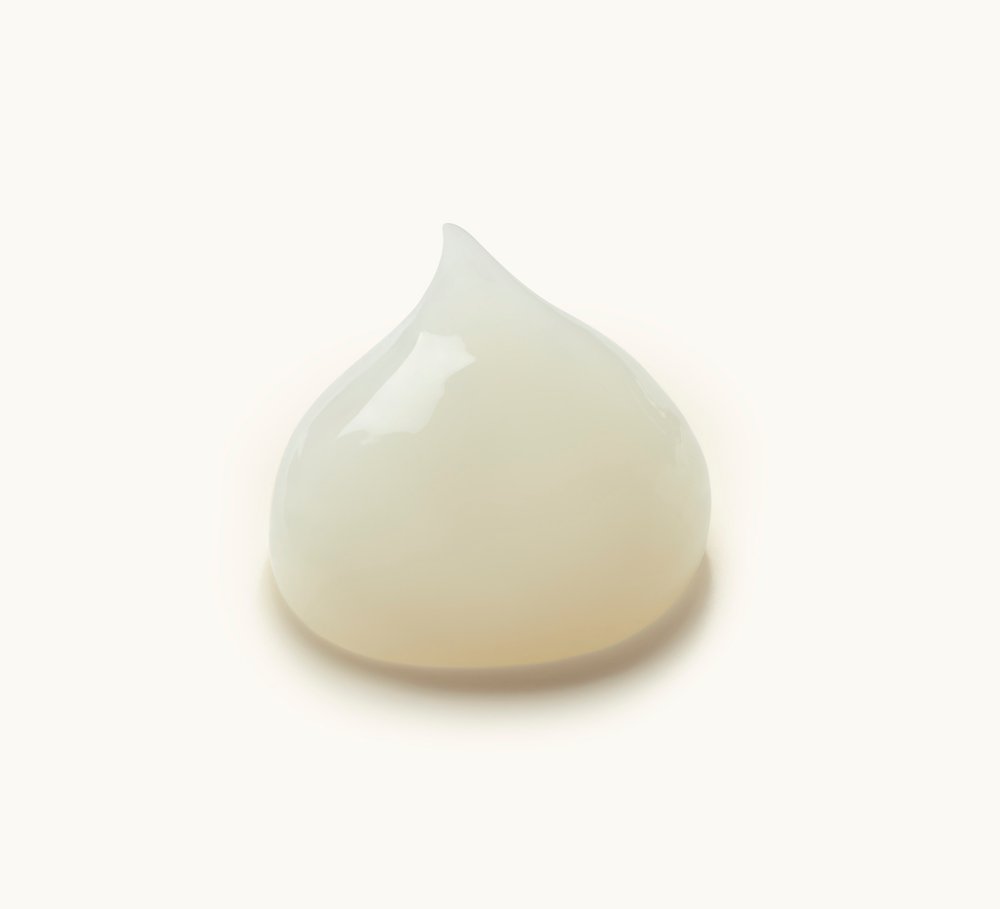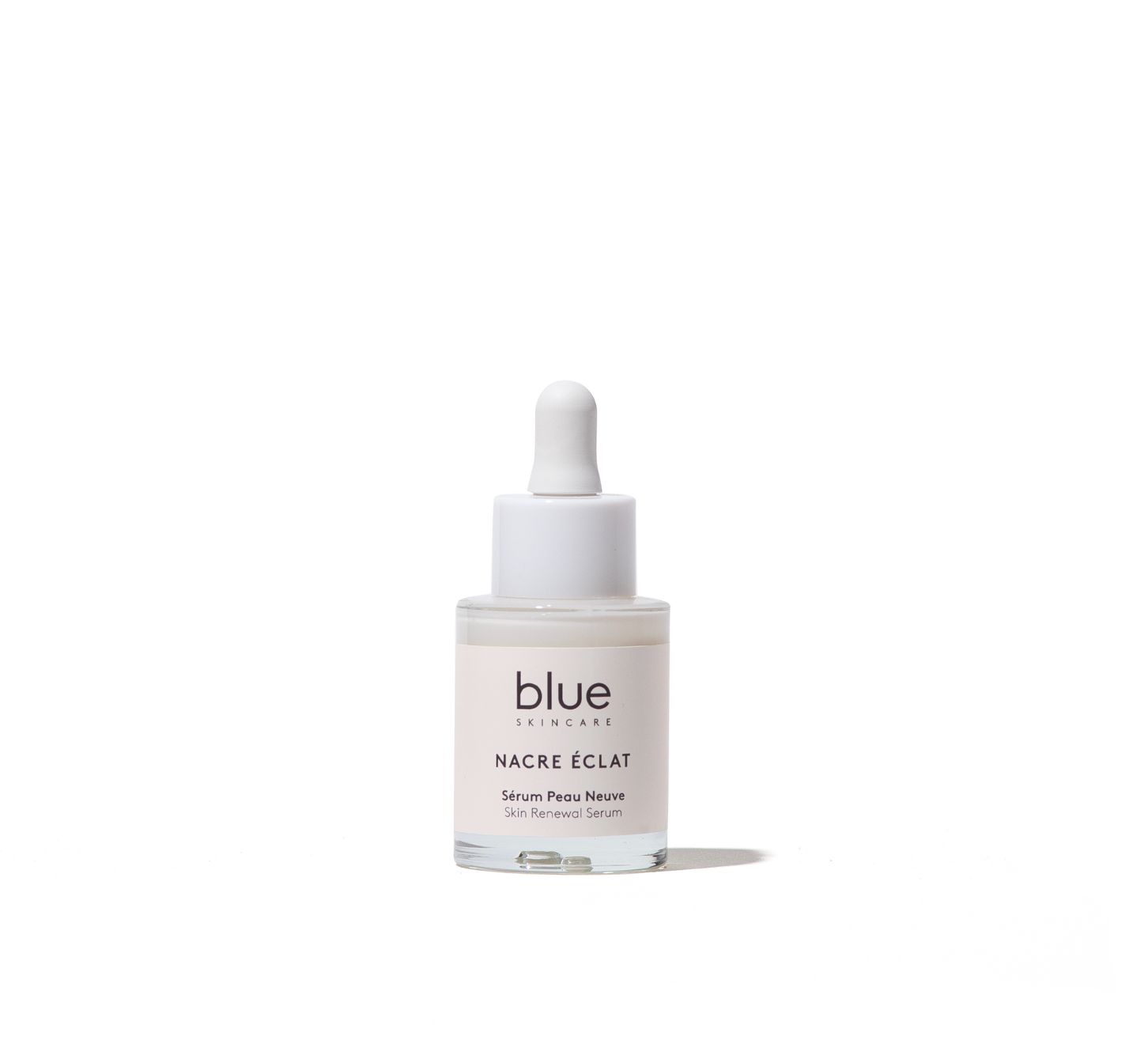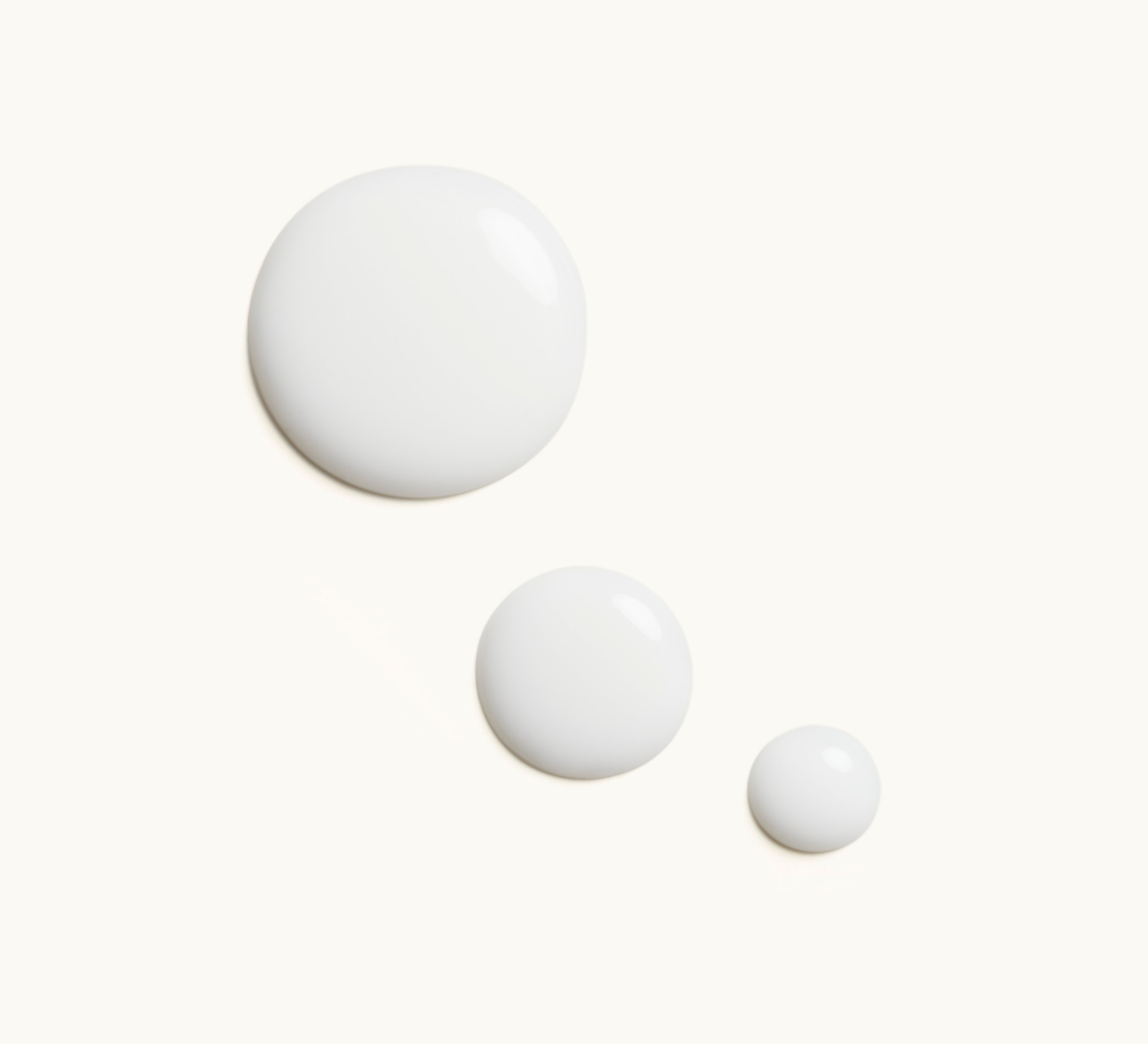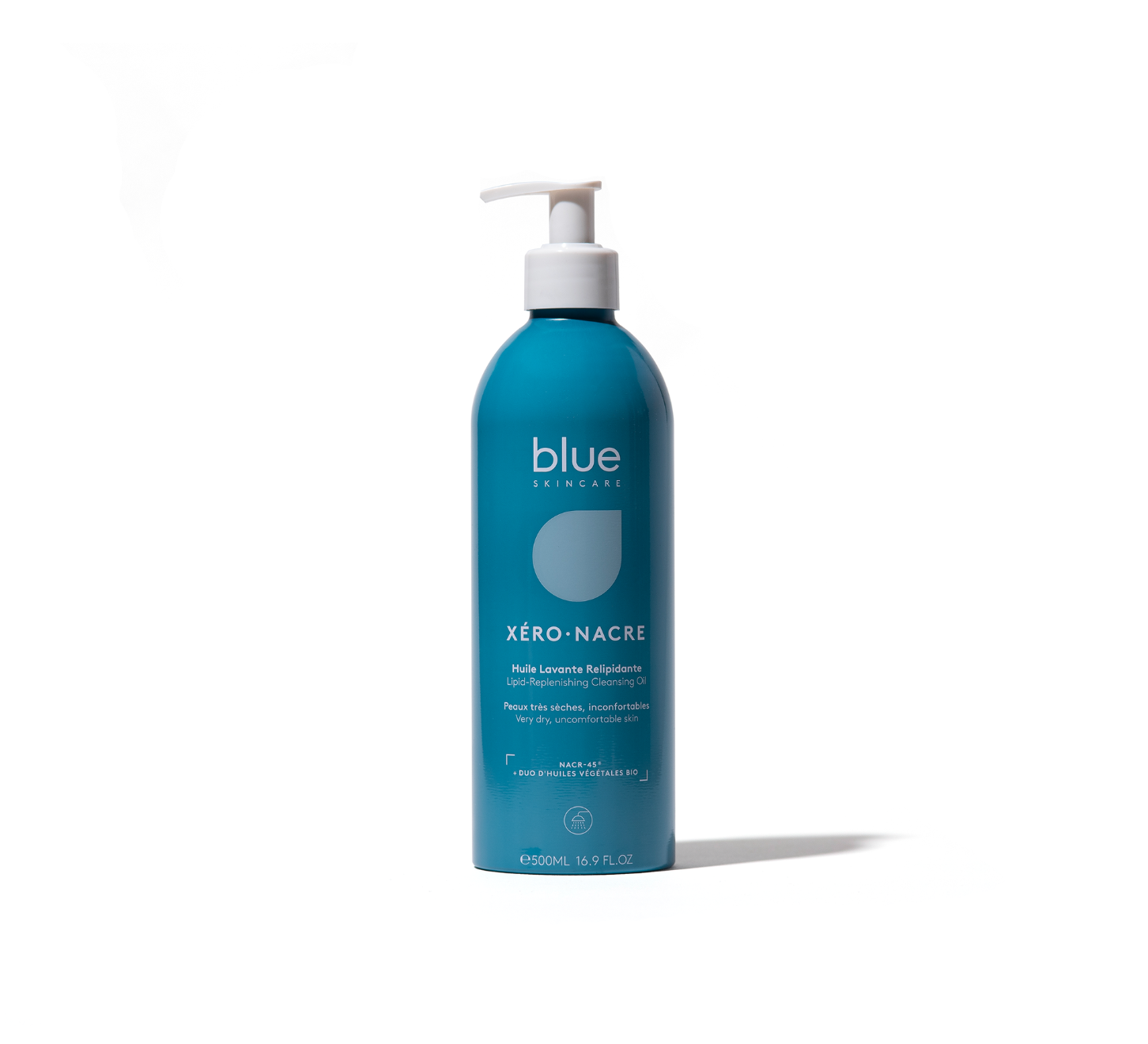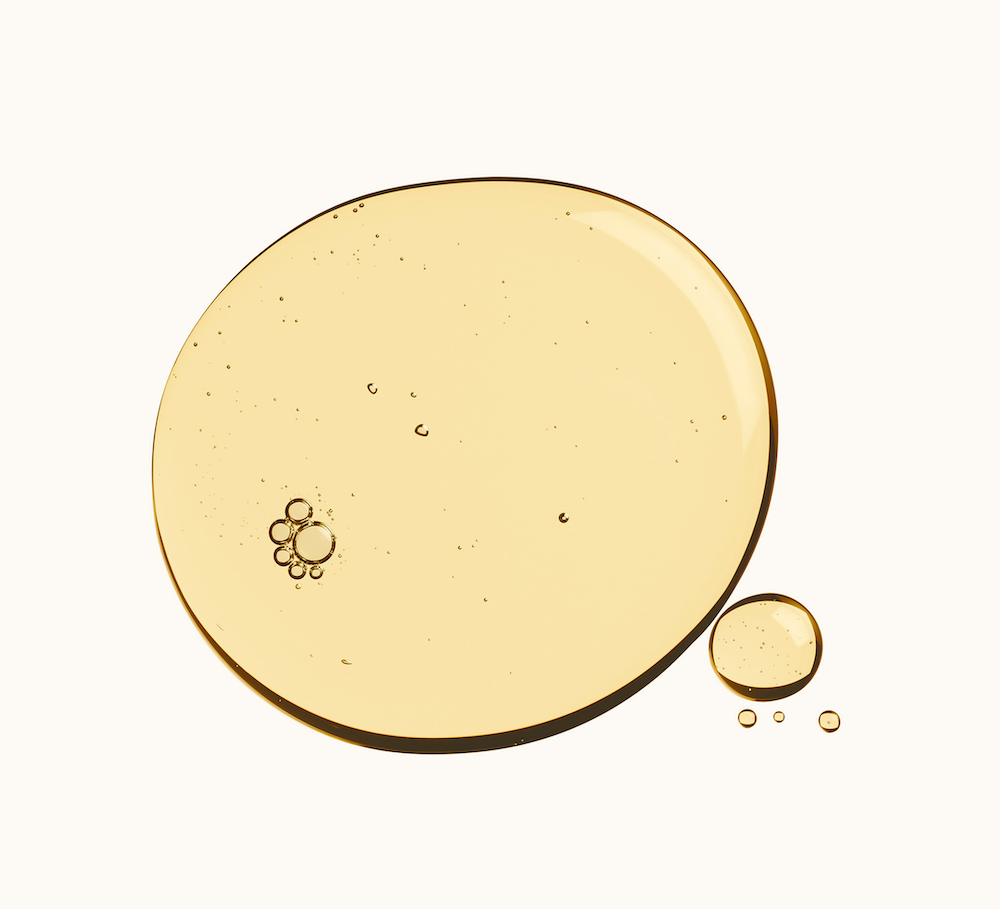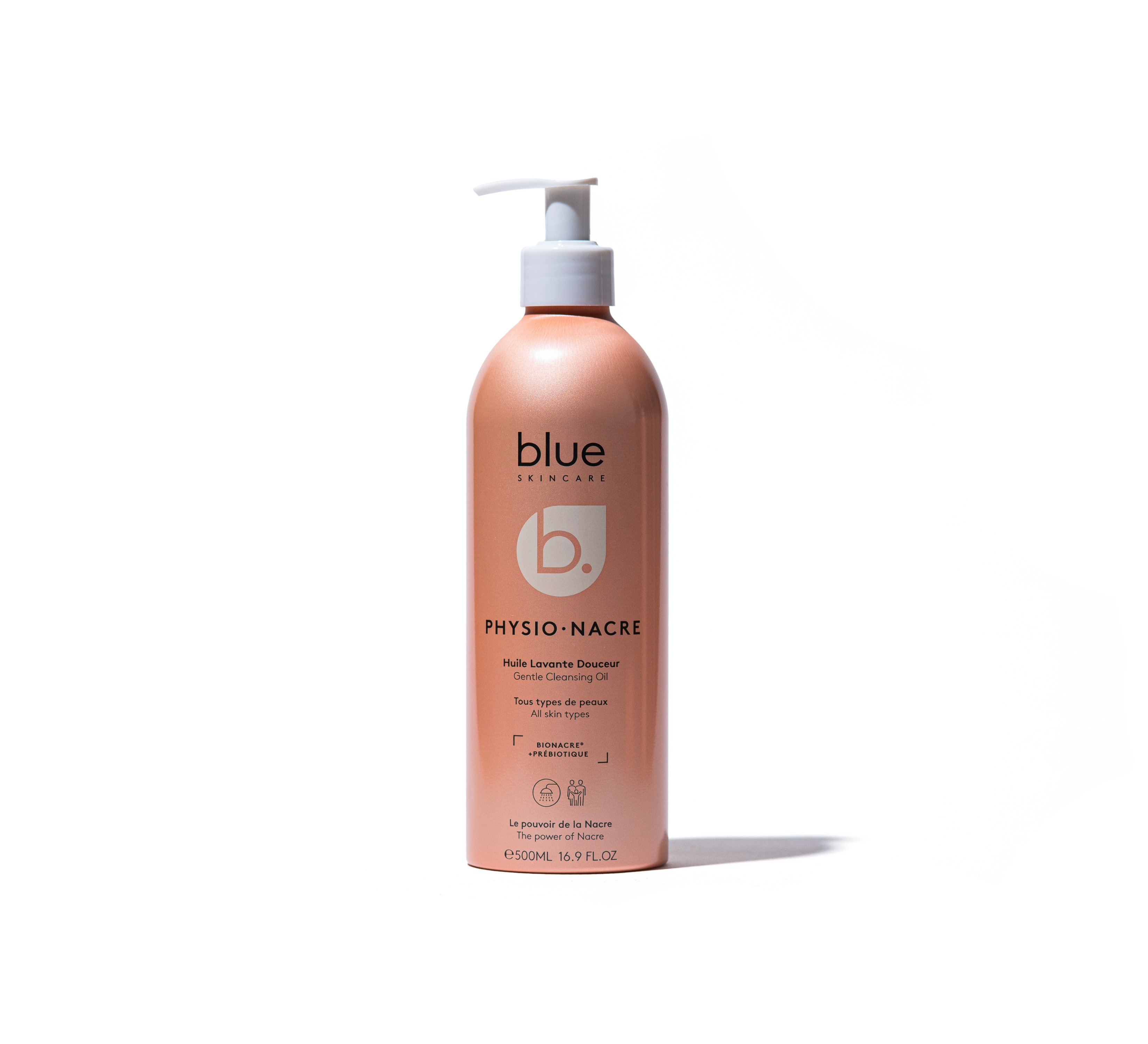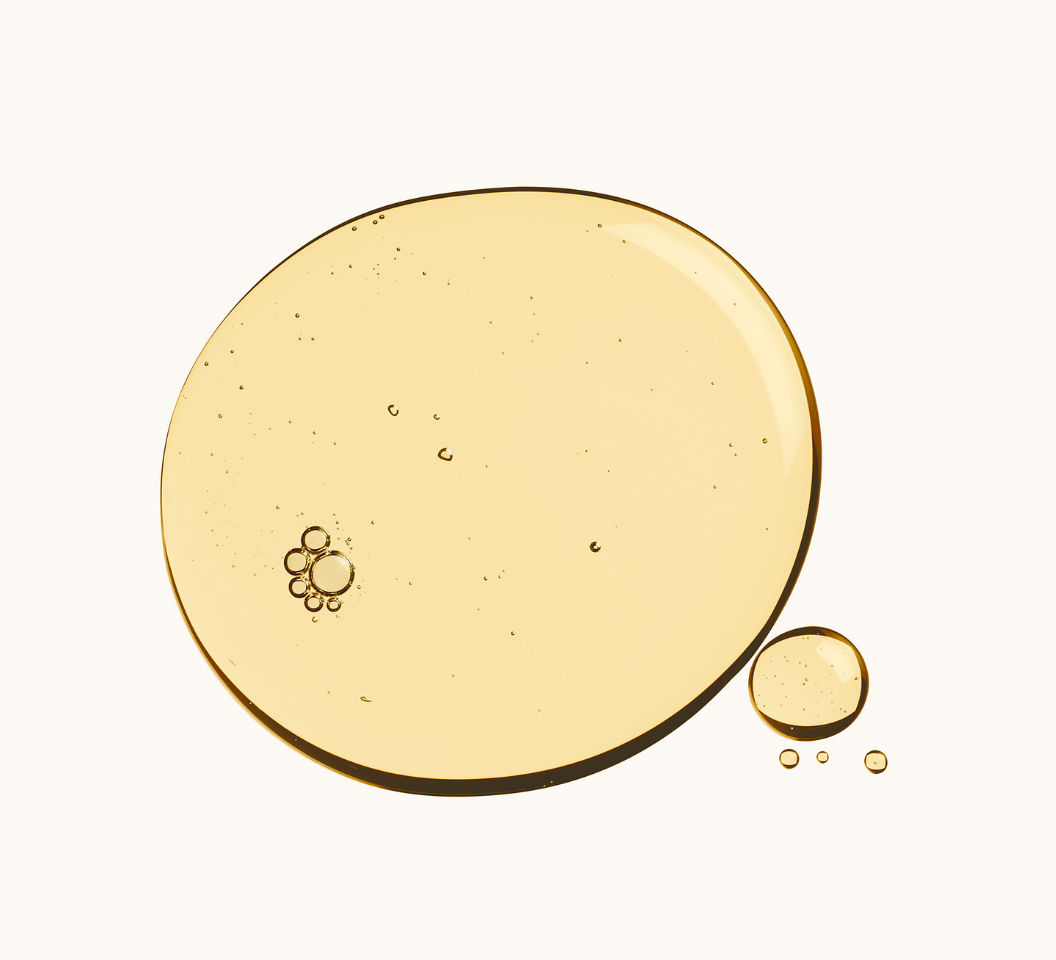Qu’est-ce que le cuir végétal ? Sous cette appellation qui sonne presque comme une contradiction se cachent toutes sortes de matières.
On lit parfois sur l’étiquette d’un article de maroquinerie “cuir végétal”. Or, par définition, un cuir est une peau d’animal tannée et teinte. Que ce soit par souci de la condition animale ou par préoccupation environnementale, le cuir, cette belle matière, pose un véritable problème. D’une part, l’élevage consomme d’énormes quantités d’eau, est responsable de 6 % de la production des gaz à effet de serre et peut engendrer une déforestation. D’autre part, le tannage, réalisé le plus souvent avec du chrome, est fortement consommateur d’eau et émet des rejets toxiques. D’où la recherche d’alternatives qui regroupent différentes matières et techniques, moins polluantes et plus clean pour la planète.
La différence entre le tannage classique et le tannage végétal
À côté du tannage classique, minéral et toxique, il existe le tannage végétal. Et c’est ce tannage végétal qui, récemment, justifiait la mention « cuir végétal » sur les produits.
Le cuir au tannage classique

Le tannage est l’étape qui consiste à transformer par un traitement chimique une peau très hydratée (donc putrescible) en cuir, c’est-à-dire en matériau imputrescible, résistant et peu hydraté. Dans plus de 80 % des tanneries, surtout celles installées en Inde ou au Bangladesh, ce tannage utilise les sulfates de Chrome. Plus rarement, ce sont les sels d’aluminium (5 % de la production) ou les sels de zirconium qui sont employés. Ils permettent un tannage rapide (24 h) et peu coûteux, au détriment des travailleurs et de l’environnement. Heureusement, certaines tanneries appliquent aujourd’hui une réglementation stricte sur les conditions de travail (protection, ventilation des pièces, stockage des produits chimiques, etc.) et l’impact environnemental (traitement des eaux usées ou fonctionnement en circuit fermé).
Le cuir au tannage végétal

Le cuir reste d’origine animale, mais le tannage se fait avec des extraits végétaux :
- Bois de châtaignier, quebracho, chêne, cachou,
- Ecorces de chêne, mimosa, pin, épicéa, saule, bouleau ou palétuvier
- Racines de bruyères, canaigre
- Feuilles de sumac, gambier
Le cuir à tannage végétal dure de 10 jours à 8 semaines, selon le traitement.
S’il est incomparablement moins polluant que le tannage minéral, ses conséquences sur l’environnement ne sont pas négligeables : les modifications chimiques et les traitements industriels (coupe des arbres, traitements pour l’extraction des tanins…) persistent.
L’éco-cuir

Richard Wool, professeur et ingénieur américain, a inventé un éco-cuir reposant sur l’association, sous haute pression, de matières naturelles comme le coton (ou le lin) avec le maïs (ou le soja) et des huiles végétales. Il a reçu de nombreux prix pour cette invention prometteuse, dont le World Green Design Award, le Grand Prix des innovations écologiques, en 2014.
Cette matière aurait des caractéristiques très proches de celles du cuir : résistance à l’eau, perméabilité à l’air et robustesse. Elle serait moins chère à produire et biodégradable. Des grandes marques de sport étaient intéressées par le concept, mais il semble que la disparition en 2015 du professeur ait ralenti son essor.
Les cuirs végan, en voie de développement
Ce sont des cuirs d’origine 100 % végétale, avec en prime un impact environnemental quasi nul.
Le Pinatex ou cuir d’ananas
Inventé par l’Espagnole Carmen Hijosa après 7 années de développement, ce cuir végétal est fabriqué à partir des feuilles de l’ananas. Ce sous-produit des récoltes de fruits est biodégradable avec un impact environnemental minime. Les fibres des feuilles récoltées donnent, après mixtion, un matériau résistant et souple, comparable au cuir et qui peut bénéficier d’un finissage pour lui donner une texture particulière (grainé par exemple).
Le cuir d’eucalyptus
Créé par l’Allemand Fabian Stadler, ce matériau très résistant après transformation des fibres issues des feuilles d’eucalyptus, est produit en Allemagne sans pesticides et en circuit court uniquement, pour une ligne de ceintures sous la marque Noanifashion.
Le cuir de champignon
Le « Muskin » (mot obtenu à partir de mushroom et skin) s’obtient à partir des têtes de champignons, sans tannage chimique. On doit cette invention à une entreprise italienne : Grado Zero Innovation. À la fois biodégradable et écologique, ce cuir de champignon ressemble au cuir suédé. Perméable à l’air et naturellement déperlante, cette matière organique empêcherait aussi le développement des bactéries.

Fruitleather ou cuir anti-gaspillage alimentaire

Après avoir pris conscience que les commerçants du marché de Rotterdam jetaient chaque jour environ de 3,5 tonnes de fruits abîmés, un groupe d’étudiants de cette ville crée un “ cuir de fruit”. Au cours de leurs essais, les jeunes créateurs remarquent que la combinaison de différents fruits donne différentes textures, couleurs et propriétés et que le Fruitleather peut se décliner en maroquinerie, ameublement et décoration. Doté d’une grande résistance, ce nouveau cuir végan ne se périme pas. Inodore, il n’attire pas les insectes.
Vegea ou cuir de raisin
Né en Italie, c’est un des petits derniers et des plus prometteurs des cuirs végan. La société milanaise Vegea a breveté ce procédé pour transformer le marc de raisin, soit l’ensemble des matières solides et sèches (peau, tiges, pépins) qui restent après le pressurage ou foulage des raisins. Avec quelques 7 milliards de tonnes annuelles de ces déchets issus du vin, le cuir de raisin a de l’avenir. D’ailleurs, il a déjà été lauréat du Global Change Award de la fondation H&M et du prix de l’innovation 2017 des PETA fashion Awards. Il a même séduit la marque Bentley pour recouvrir l’intérieur de ses voitures.
Le cuir de pomme
Alberto Volcan, ingénieur du Tyrol, a créé un cuir à base de jus et de compote de pommes. Soutenu à ses débuts par la Province de Bolzano, dans le Nord de l’Italie, pour l’élaboration de ses premiers prototypes de Cartamela (papier-pomme), il s’associe quatre ans plus tard à la start-up Frumat, spécialisée dans le recyclage de déchets. Les premières applications du recyclage des déchets de pommes vont du papier kraft, des mouchoirs, du papier toilette, jusqu’à une large gamme de cuirs d’épaisseurs et rendus multiples. Frumat a été récompensée du prix de la Technologie et de l’Innovation de Green Fashion Carpets de Milan en 2018.
Sur un marché de la maroquinerie en progression constante depuis quelques années, les propositions éco-responsables alternatives au cuir se multiplient et séduisent de nouveaux acteurs comme les grands noms du luxe, des équipementiers de sport et de l’habitat. Ces fibres possèdent un double avantage : une optimisation des ressources de l’industrie agroalimentaire et la capacité à s’adapter à n’importe quel produit de maroquinerie.
